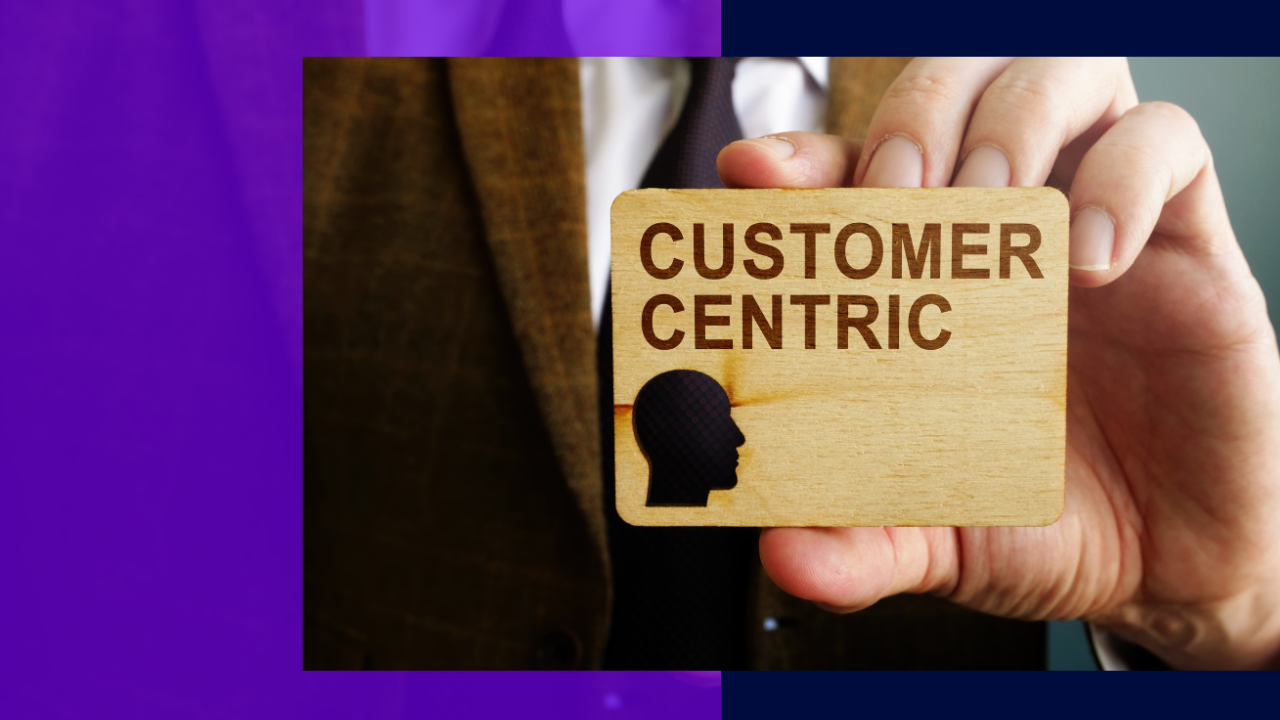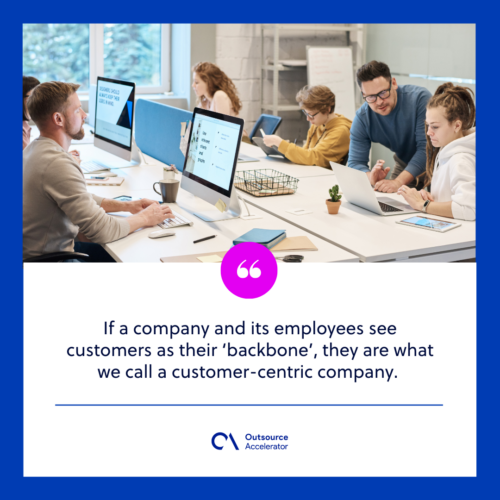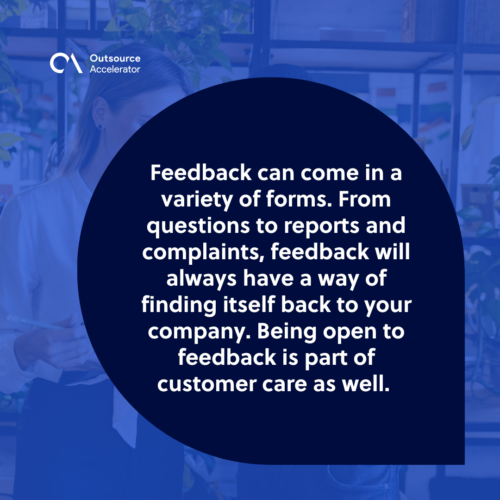Cultivating a customer-centric culture in the 21st century

In today’s world wherein customers and employees drive up businesses more than anything else, it’s just right that executives come up with a culture that accentuates both. The customer-centric culture isn’t a new strategy. It grows every passing year.
With the competition high and cutthroat, companies can’t slack around and let their walls down. Customer satisfaction, along with experience and customer care, should be at least 95% at all times.
What is a customer-centric culture?
If a company and its employees see customers as their ‘backbone’, they are what we call a customer-centric company.
Customer-centric companies, like Support Services Group, are built to put their customers’ needs and wants first. It’s safe to assume that businesses like this are striving to achieve 100% customer satisfaction and experience at all times.
They align their core values and mission statements with making customers happy and satisfied. They treat their customer retention operations as just as important as customer service and acquisition.

How to create a customer-centric culture
When cultivating a customer-centric culture, you have to acknowledge your business’s areas of improvement.
Addressing customer concerns should be one of the most important factors in doing business with them. With this in mind, you and your employees will develop a customer-focused culture.
Inclusivity is another important facet when nurturing a customer-centric culture. Make sure that your website and information base are accessible to all. Your services and products should be made with the notion of inclusivity and accessibility.
Tips in building a customer-centric culture
Chief Marketing Officer (CMO) Council spearheaded a market study wherein they found out that “only 14% of marketers say that customer-centricity is a hallmark of their companies, and only 11% believe their customers would agree with that characterization.”
While this information can be problematic, this shows that more and more companies can strive for the betterment of their core values.
Align your company’s vision with customer-centricity
Your company’s vision is the reflection of your company’s inner drive. If you want to make your business customer-centric, your vision has to have that same cause and energy. Otherwise, it may appear superficial, insincere, and shallow.
Listen to your employees
Employees, especially those who are in customer-facing roles, are your company’s first point of contact. Hearing their inputs, concerns, and ideas matter. They are the ones who spend more time interacting with your customers and therefore know them best.
Hearing out your employees also boosts morale, employee satisfaction, and overall productivity.
Be open to feedback
Feedback can come in a variety of forms. From questions to reports and complaints, feedback will always have a way of finding itself back to your company. Being open to feedback is part of customer care as well.
With no fresh perspective and opinions, growth and development may be stagnant.

Employee tools for introducing customer-centric culture in the office
The rapid rise of tools and software that can assist employees in bettering customer service has been a godsend to a lot of companies.
Being a customer-centric company means that the business’ channels of communication should be online and live 24/7, all year around. Even more so if your general audience varies in time zones and countries.
Salesforce
Salesforce is one of the most popular customer management systems in circulation. With its campaign management and B2B market automation, your staff doesn’t have to worry about analytics anymore.
The platform comes with real-time reports so managers can pinpoint improvements early on.
Hubspot
This nifty CRM tool aggregates your company’s sales funnel into a dashboard. If your team is mostly upfront learners, they’ll like that HubSpot mostly displays its findings and data visually.
Not to mention that the platform makes it easier to follow up on any incoming and outgoing messages.
Zoho
When organizing chats, emails, and tickets from your customers, look no further than Zoho. The platform makes a point in displaying the customer data from various other sources. There’s no need to change windows and programs to see multiple tickets anymore.
Bonus tool for internal communication: Asana
Asana is a well-known ‘professional virtual corkboard’ for remote teams. With its powerful mobile and web application, this tool can help your employees be more productive and efficient with their workload.
How culture affects marketing
A company’s culture will reflect on its employees, staff, and management.
When running a successful business, be it a startup or a multi-generational conglomerate, it’s important to remember that growth and development start from within. Without a healthy workplace culture, productivity will plummet, quality will suffer, and the trust of your employees will diminish.
Make it a point that your company’s culture is both beneficial to those who work there and to those who take their business to you.
Successfully changing the culture to a customer-centric organization
It’s important to look after your customers. They serve as the backbone of your business, no matter what angle you look from.
That being said, being customer-centric doesn’t mean that ‘the customer is always right.’
Years and years of personal stories and anecdotes can back up the fact that customers aren’t always right. There will always be times where you have to say no and risk losing business rather than turning a blind eye.







 Independent
Independent




